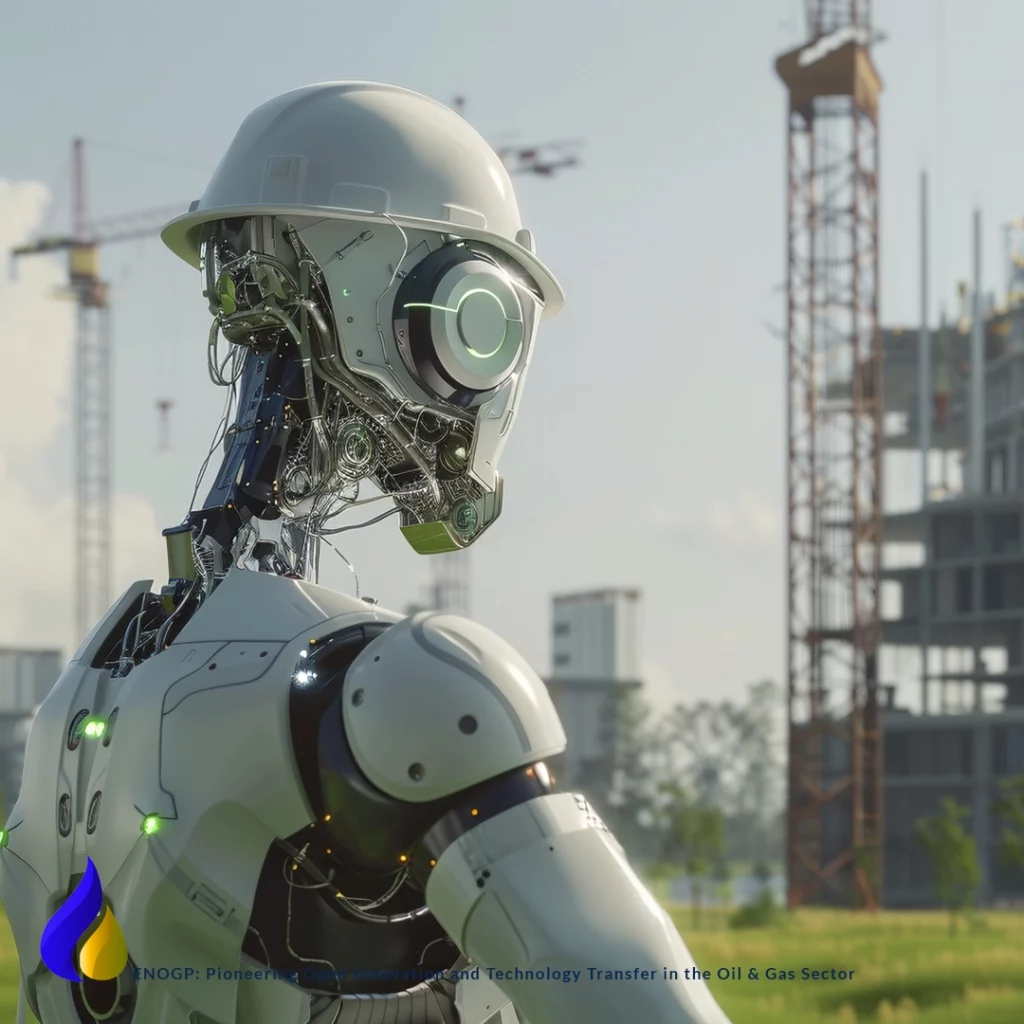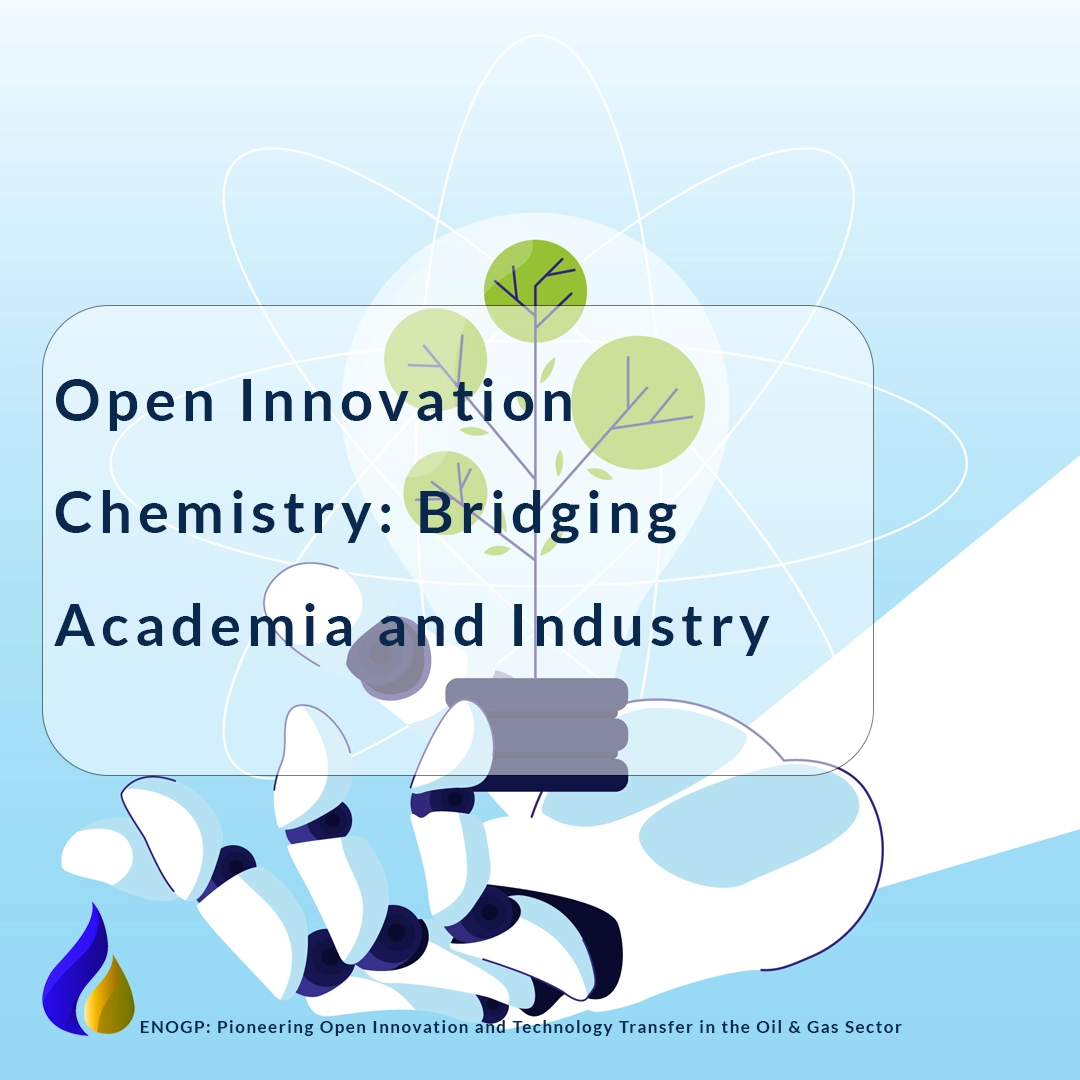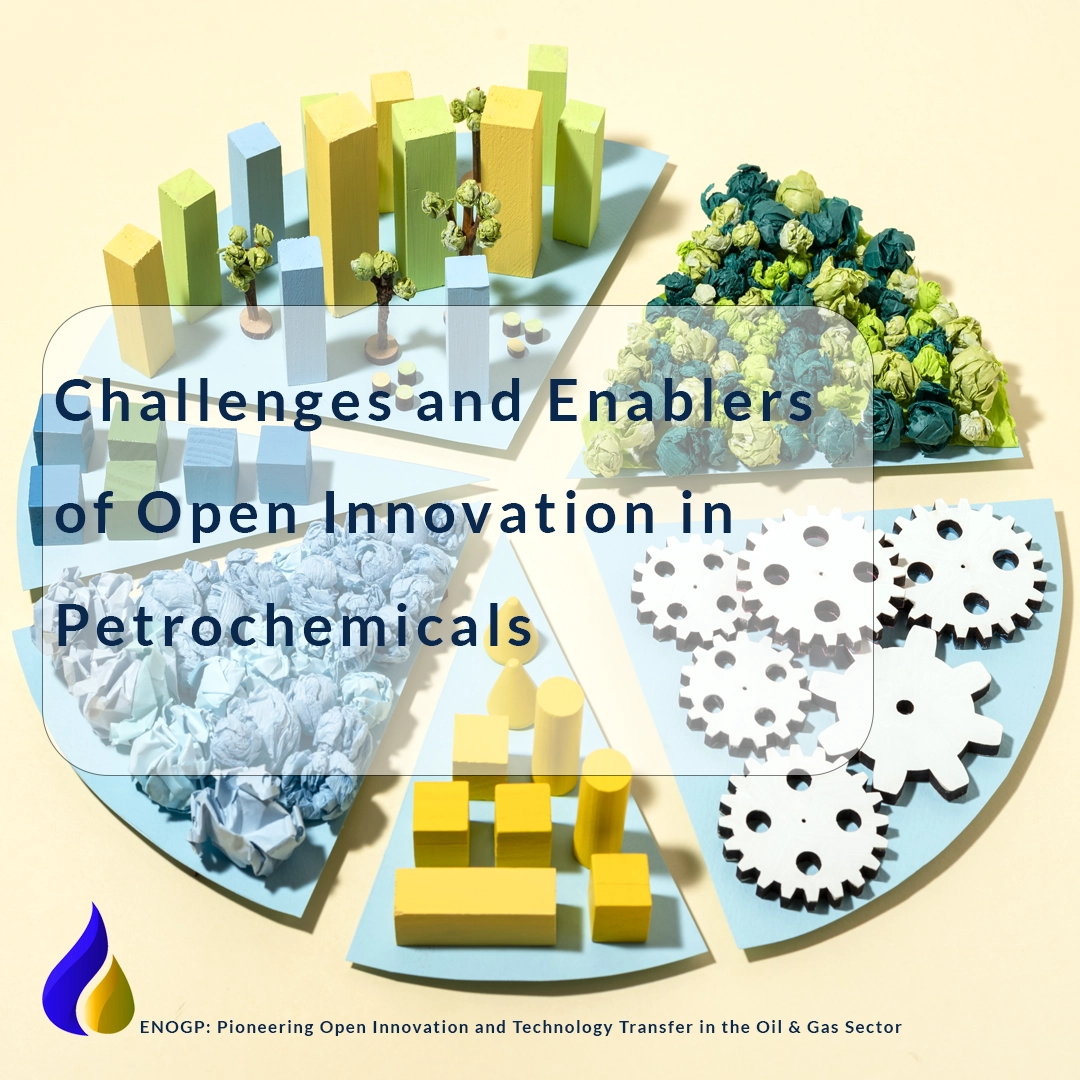Open Innovation in petrochemicals involves leveraging external partnerships, sharing knowledge across organizational boundaries, co-developing solutions, and applying cross-industry expertise to accelerate discovery and commercialization. This approach is not just a trend—it’s becoming a strategic necessity for players in the petrochemical sector who want to lead in a low-carbon, circular, and innovation-intensive future.
The petrochemical industry is at a pivotal juncture. Traditionally driven by closed R&D cycles, proprietary technologies, and guarded intellectual property, it now faces unprecedented pressure to innovate more rapidly, sustainably, and collaboratively. With rising global energy demands, tightening environmental regulations, and the urgent need for decarbonization, the industry must adopt a new innovation model—Open Innovation.
Open Innovation in petrochemicals involves leveraging external partnerships, sharing knowledge across organizational boundaries, co-developing solutions, and applying cross-industry expertise to accelerate discovery and commercialization. This approach is not just a trend—it’s becoming a strategic necessity for players in the petrochemical sector who want to lead in a low-carbon, circular, and innovation-intensive future.
This article explores how Open Innovation in Petrochemicals is being reshaped through open frameworks, highlighting case studies, technological advancements, and future opportunities. We will also explore related themes such as open innovation chemistry, innovative petrochemical processes, and petroleum innovations to understand how companies are transitioning from rigid, closed models to adaptive, collaborative ecosystems.
What is Open Innovation in Petrochemicals?
Open Innovation in Petrochemicals is the practice of sourcing ideas, technologies, and insights from both internal and external stakeholders. In the petrochemical industry, this could mean collaborating with universities, startups, suppliers, customers, and even competitors to drive product and process innovation.
“Open Innovation means opening the doors of our R&D departments to the world—not just to share but to co-create.” – VP, Strategy at a major petrochemical firm.
Key drivers include:
- ESG and Regulatory Compliance: The global drive for net-zero targets requires petrochemical companies to shift toward sustainable processes.
- Economic Pressure: R&D costs are increasing while margins remain under pressure, pushing companies toward shared research models.
- Technological Complexity: The rise of AI, digital twins, and materials science makes internal-only innovation insufficient.
Examples of Open Innovation Projects in Petrochemicals
Several firms have already embraced open innovation projects to drive transformation:
- SABIC’s collaboration with academia to create CO2-based polymers
- Dow working with startups through its Packaging Innovation Challenge
- BASF leveraging open innovation platforms to crowdsource solutions for plastic circularity
These case studies show how open models can accelerate petroleum innovations that reduce environmental impact while delivering economic value.
Open Innovation Chemistry: Bridging Academia and Industry
A core pillar of open innovation chemistry is the bridge between academic research and industrial application. Research institutions often lead in discovery, while petrochemical firms bring scale, capital, and commercialization capability.
Opportunities in this domain include:
- Advanced catalysts and green solvents
- Polymer functionalization techniques
- Chemical recycling innovations
Collaborative projects between universities and firms have yielded scalable results, such as novel catalysts for low-temperature ethylene production or biobased styrene alternatives.
Innovative Petrochemical Processes: From Lab to Plant
Innovative petrochemical processes under open models are being adopted at scale. These include:
- Reactive distillation for energy efficiency
- Membrane separation for purification with lower emissions
- Enzymatic polymerization of styrene derivatives
Breakthroughs like these benefit from cross-disciplinary innovation involving material scientists, process engineers, AI developers, and environmental chemists.
The Future of Petrochemicals: Toward Circularity and Decarbonization
The next frontier of petrochemical innovation involves designing materials and systems for:
- Recyclability and reusability
- Carbon capture and utilization in process design
- Biobased feedstocks replacing fossil derivatives
Innovation ecosystems are being built to pursue these goals. For example, consortia like the Ellen MacArthur Foundation bring together global petrochemical players to accelerate circular strategies.
Additionally, this section can naturally include the keyword “the future of petrochemicals” by offering a downloadable whitepaper or guide summarizing key trends.
Challenges and Enablers of Open Innovation in Petrochemicals
Adopting open innovation models doesn’t come without hurdles:
- IP protection concerns
- Cultural resistance within legacy organizations
- Lack of digital infrastructure for collaboration
Yet enablers are also emerging:
- Cloud-based simulation and data sharing platforms
- Joint venture models with IP-sharing frameworks
- Government funding for collaborative R&D
Organizations that proactively overcome these barriers are emerging as leaders in the innovation in petrochemical industry.
Conclusion: Building the Open Innovation Ecosystem
To future-proof the sector, the petrochemical industry must integrate open innovation into its strategic DNA. This means:
- Investing in cross-sector partnerships
- Prioritizing sustainable, circular R&D
- Encouraging cultural and digital transformation internally
Whether it’s developing open innovation chemistry breakthroughs, co-developing products with customers, or launching innovative petrochemical processes, open innovation provides the structure for industry-wide growth.
The success of tomorrow’s petroleum innovations hinges on today’s willingness to open doors, minds, and platforms.




